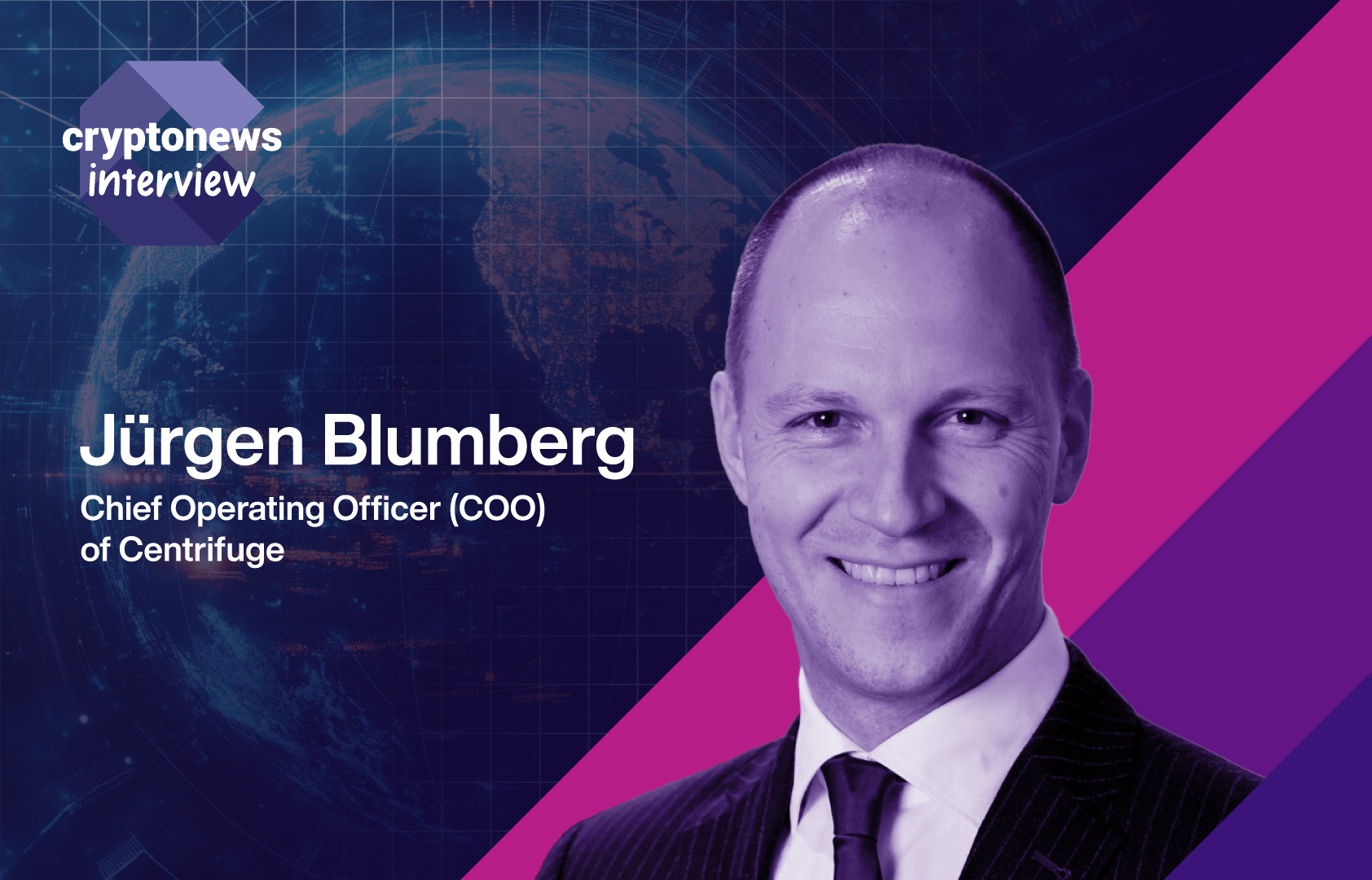Why Billionaire Michael Saylor’s Strategy Outperforms Bitcoin – Here’s What You Need to Know
Billionaire Michael Saylor, executive chairman of Strategy, has once again taken to X (formerly Twitter) to explain why shares of $MSTR trade at a premium to Bitcoin’s net asset value (NAV).
In his post, Saylor attributed this advantage to four key factors: Credit Amplification, Options Advantage, Passive Flows, and Superior Institutional Access—benefits that equity and credit instruments offer over commodity assets like Bitcoin.
Credit Amplification: Leveraging to Maximize Bitcoin Exposure
Strategy uses intelligent leverage to achieve 2x–4x amplification of Bitcoin exposure. This level of credit-based positioning is unavailable for spot Bitcoin exchange-traded products (ETPs) or direct Bitcoin holdings.
By strategically tapping into credit markets, MSTR can enhance returns when Bitcoin’s price rises, effectively multiplying the impact of favorable market moves. This approach, however, also increases risk in downturns, reflecting the high-conviction nature of Saylor’s long-term Bitcoin bet.
Options Advantage: Deeper and More Liquid Derivatives Markets
Another differentiator is Strategy’s $100 billion+ in open interest within the options market. In comparison, spot Bitcoin ETPs have around $30 billion, while CME Bitcoin futures sit at roughly $20 billion in open interest.
This liquidity and market depth give MSTR more flexibility for institutional traders and hedgers, making it a more dynamic vehicle for large-scale strategic plays than Bitcoin itself.
Passive Flows: Index Inclusion Drives Steady Capital
Unlike Bitcoin or its ETPs, Strategy benefits from passive flows due to its inclusion in major equity indices such as the NASDAQ 100, MSCI, and Russell 1000.
This means that as investors pour money into index funds and ETFs tracking these benchmarks, a portion of that capital automatically flows into MSTR shares. This consistent demand adds a structural tailwind to MSTR’s market performance, further widening the premium over Bitcoin’s NAV.
Institutional Access: Bigger Capital Pools Than Bitcoin
Institutional access is where MSTR’s advantage is perhaps most pronounced. The company’s equity and credit profile provides access to an estimated $35 trillion in equity and $60 trillion in credit markets.
By contrast, spot Bitcoin ETPs tap into about $700 billion in private capital, and physical Bitcoin is limited to less than $150 billion. This broader institutional reach gives MSTR more avenues to attract capital, execute financing strategies, and scale exposure.
Saylor’s post reinforces his core message: Strategy isn’t just a Bitcoin proxy—it’s a leveraged, institutionally integrated vehicle that combines the advantages of traditional equity markets with a laser-focused Bitcoin strategy. For investors seeking amplified Bitcoin exposure with deep market infrastructure, Saylor argues, $MSTR offers a unique edge.
Vous aimerez peut-être aussi

Centrifuge COO Jürgen Blumberg: “DeFi Is Having Its ETF Moment”

Coinbase partners with Squads to accelerate USDC adoption on Solana
